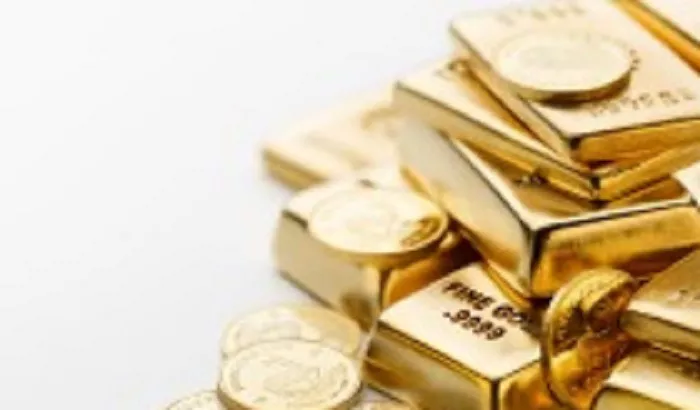As the US dollar declines, the luster of gold is shining even more brightly. The World Gold Council forecasts that the gold rally is not yet at its peak. In past gold bull markets, there was often a significant inflow into gold ETFs, but the current market still has room for growth. The scale of gold ETFs in the Asian region, led by investors from China and India, has continued to expand, indicating a structural shift in gold investment approaches. The net long position in gold futures shows no signs of overheating. However, it should be noted that this does not rule out the possibility that some market participants may further choose to take profits, potentially leading to a phased correction in gold prices.
The 10%-15% increase in gold prices so far this year can be attributed to trade concerns. Although some progress has been made in trade negotiations, the World Gold Council still predicts that the gold rally will not be completely reversed. Buying demand remains robust, and investors maintain a cautious attitude toward the subsequent policies of the Trump administration. As the uncertainty in trade policies and international relations rises, investors typically turn to safe-haven assets to hedge against downside risks. The pressure on the two traditional safe-haven assets, US bonds and the US dollar, has made gold the primary choice among such assets.
From the perspective of Wall Street, it may not be long before the gold price breaks through the previous high of around $3,500 per ounce, and reaching a new all-time high seems imminent. Goldman Sachs predicts that the gold price will be $3,700 per ounce by the end of 2025 and $4,000 per ounce by mid-2026. This judgment is based on two core factors: the combined impact of the Fed’s delayed rate cuts and the decreased probability of an economic recession, with the impact on the 2026 target price being only $15 per ounce, and the Fed’s terminal interest rate expectation still remaining anchored at 3.5%-3.75%; the gradual shift of private sector asset allocation toward gold offsets the slight negative impact of the improvement in the cyclical macro environment.
From a deeper perspective, in the wave of global monetary system restructuring, Wang Yi believes that the core role of gold has risen from being a “safe-haven asset” to an alternative anchor for sovereign credit currency. Although the gold standard system is difficult to replicate, during the transition period from the US dollar to a multi-polar currency, the three functions of gold are irreplaceable. Gold serves as a hedge against sovereign credit: global central banks have purchased over 1,000 tons of gold for three consecutive years, with the purchase volume reaching 244 tons in the first quarter of 2025, and emerging markets (such as China, which has continuously increased its holdings for six consecutive months) account for more than 70%, indicating that gold is becoming a core option for central banks to diversify their reserves. This is consistent with the logic of central banks’ increased purchases after the collapse of the Bretton Woods system and fundamentally represents a defense against the uncertainty of sovereign currency credit.
Gold also serves as a buffer against the cracks in the monetary system: the “weaponization” of the US dollar (such as the US freezing Russia’s foreign exchange reserves) has accelerated the process of de-dollarization, while the “non-political” nature of gold makes it an alternative option for trade settlement. For example, India uses gold to pay for Russian crude oil, and Middle Eastern countries are promoting a local currency settlement mechanism supported by gold reserves. Furthermore, gold is also a value carrier during stagflation periods. Currently, the global economy is entering a stagflation environment characterized by “high debt, low growth, and sticky inflation”. Historical data shows that during the stagflation period, the annualized return rate of gold was 30%. The scenario where the Fed’s interest rate cuts lag behind inflation in 2025 might repeat itself.
Looking to the future, Wang Yi believes that the foundation for the long-term bull market of gold remains solid. From the perspective of supply and demand, the growth rate of global gold production is only 1%, while purchases by central banks, inflows into ETFs, and geopolitical unrest provide rigid support. Although short-term fluctuations are inevitable, driven by the normalization of excessive money supply and the deepening of order reconstruction, the revival cycle of gold as the “ultimate hard currency” may last for more than 10 years.
Related Topic:

